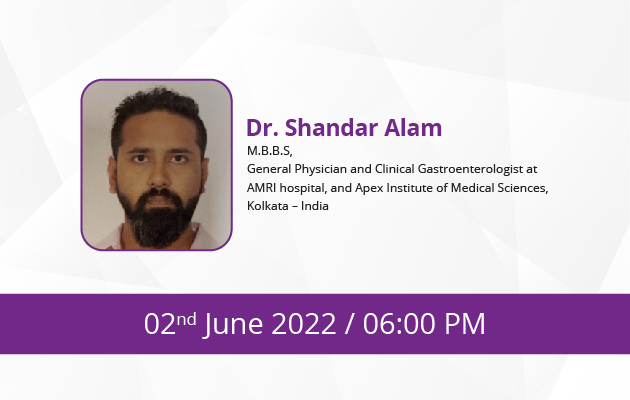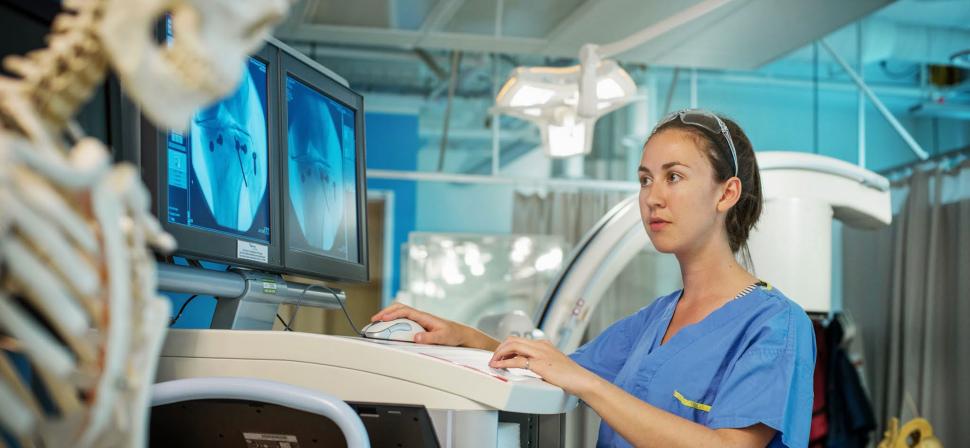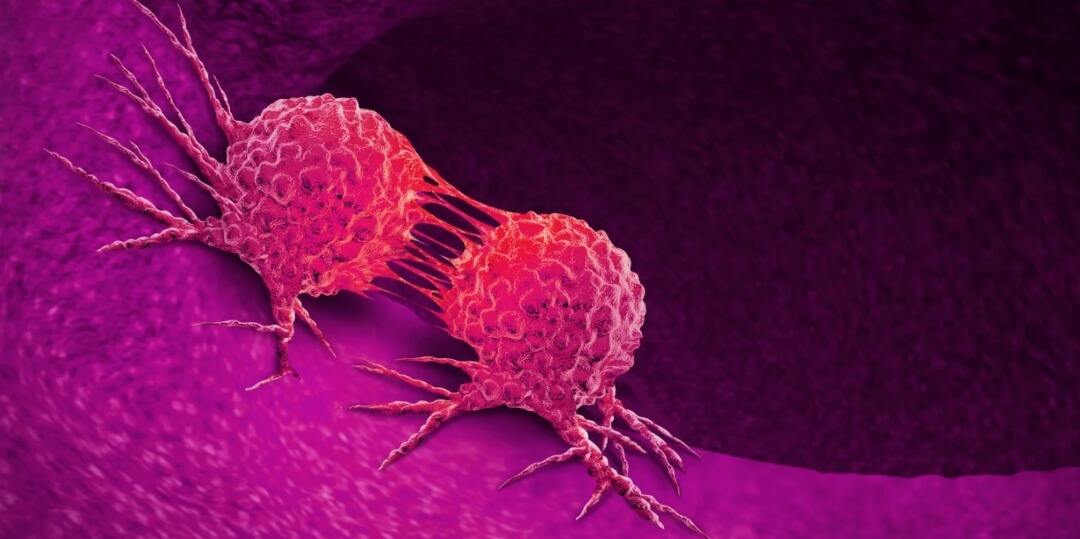
Hepatology helps diagnose liver diseases.
Hepatology is an area of medicine that focuses on diseases of the liver as well as related conditions. A hepatologist is a specialized doctor involved in the diagnosis and treatment of hepatic diseases. Hepatology helps diagnose issues that affect your liver, gallbladder, pancreas and biliary tract. They are doctors who specialize in the field of hepatic diseases and the organs that these conditions affect. Hepatologists are doctors who specialize in the field of hepatic diseases and the organs that these conditions affect.
What diseases are treated/diagnosed in hepatology ?
Hepatology helps diagnose/treat:
1. Hepatitis B
Hepatitis B is a potentially fatal liver infection (inflammation of the liver) caused by the hepatitis B virus (HBV). This can last more than six months and become chronic, increasing the risk of developing liver cancer, cirrhosis, liver failure, etc. It can also be mild and in this case it will not last long.
Usually, when hepatitis B develops into adulthood, the body is able to fight off the disease for a few months and then you are immune to it. On the other hand, if it develops at birth, the chances of the body getting rid of it are low.
2. Hepatitis C
Just like hepatitis B, hepatitis C is an infection of the liver caused by the hepatitis C virus (HCV), transmitted through the blood and can also become chronic and develop the same complications as hepatitis B, however unlike this, the chances of hepatitis C becoming chronic are much higher.
3. Cirrhosis of the liver
Cirrhosis of the liver is a chronic disease of the liver during which there is a complete disorganization of the hepatic architecture as well as a degeneration of the hepatic tissues. Symptoms are not directly visible, there can be different causes for the onset of cirrhosis, and treatment varies depending on the cause.
4. Cholestasis
Cholestasis, also known as cholestasis, is a disease of the liver that presents as a decrease or disappearance of the flow of bile causing a sudden increase in the volume of bile in the bile ducts (bilirubin).
There are two types of cholestasis: intrahepatic cholestasis, which occurs in the liver and extrahepatic, which occurs in the bile ducts.
5. Cancer of the liver
Liver cancer can be primary (originates in the liver) or secondary (originates in another part of the body but has then spread to the liver).
6. Fatty Liver
Fatty liver occurs when too much fat builds up in liver cells. Although it is normal to have a tiny amount of fat in these cells, the liver is considered fatty if more than 5% of it is fat ( 2 ). While drinking too much alcohol can lead to fatty liver, in many cases it does not play a role.





















